Lusail Museum houses the world’s largest collection of Orientalist paintings. It is this extraordinary collection that, as early as 2006, inspired the new museum project and remains the inspiration for the museum’s vision and narrative.
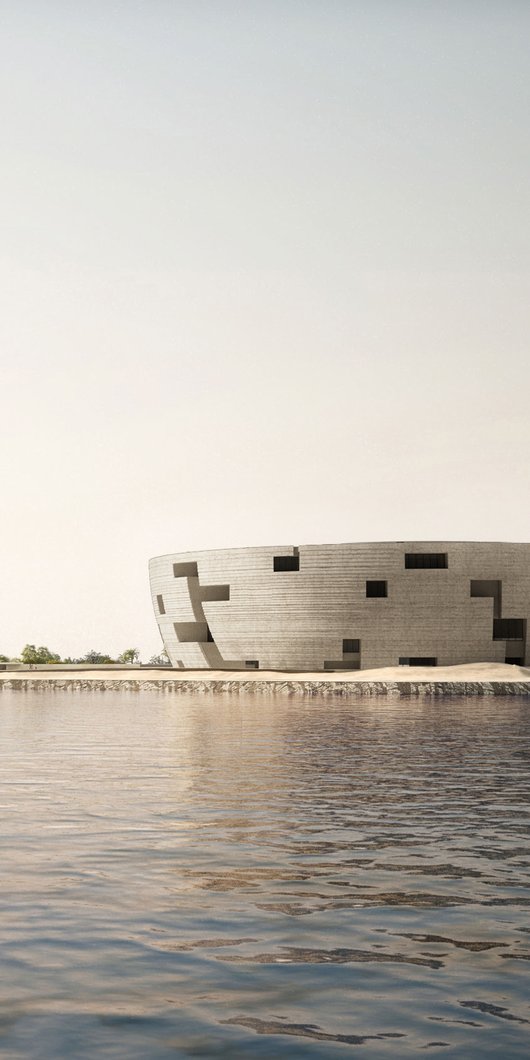
Lusail Museum
We are creating a museum like no other: a museum of ideas – ideas around movement, encounters, exchange and identity.
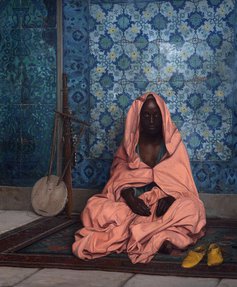
Jean-Léon Gérôme, The Black Bard, 1888, oil on canvas, 61.2 x 50.8 cm. Lusail Museum Collection. Photo: © Lusail Museum, Qatar Museums, 2022
What can we learn about 19th-century power structures and the construction of Arab identity from these paintings, and how do they continue to influence perceptions?
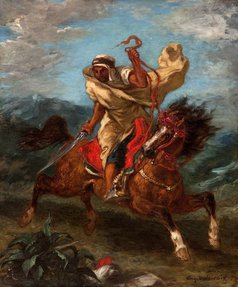
Eugène Delacroix, Arab Horseman at the Gallop, 1849, oil on canvas, 54 x 45.1 cm. Lusail Museum Collection. Photo: © Lusail Museum, Qatar Museums, 2022
How have these paintings inspired film, photography and other media which may reinforce stereotypes of Arab identity?
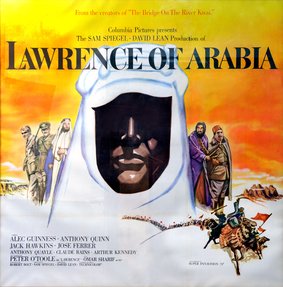
Saverio Pavone. Lawrence of Arabia movie poster, 1962. Paper and linen; 20.6 x 20.6 cm. General Collection – Doha. Photo: courtesy of Qatar Museums, General Collection ©2023
How can we display these paintings as an inspiration for productive contemplation, conversation and debate around contemporary identities, shifting the discourse and reversing the gaze?
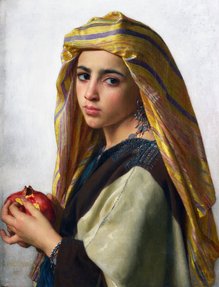
William Bouguereau, Girl with a Pomegranate, 1875, oil on canvas, 59 x 44.5 cm. Lusail Museum Collection. Photo: © Lusail Museum, Qatar Museums, 2022
Lusail Museum Think Tank
Lusail Museum will address these questions and many more through its permanent galleries and programming, guided by the Lusail Museum Think Tank. Unique in the region, the museum’s Think Tank will host local and international thought-leaders, artists, curators, academics, and students in a series of fellowship programmes, workshops and convenings to address questions of contemporary Arab identity, inspired and provoked by the collection. The outputs from the Think Tank will shape the museum’s activities, including exhibitions, and programming, ensuring a dynamic and evolving experience for visitors and participants within the museum’s physical and digital spaces.
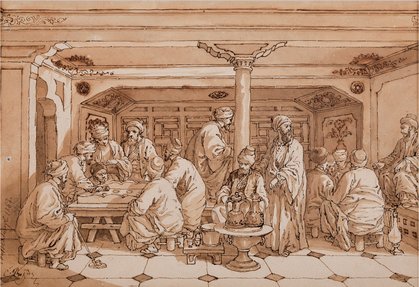
Camille Rogier, A Turkish Café, 1862. Pen, Ink & Wash; 13.5 x 19.8 cm. Lusail Museum Collection - Doha. Photo: courtesy of Qatar Museums, General Collection ©2023
Lusail Museum and Sheikh Jassim
Lusail Museum, designed by the Pritzker Prize–winning Swiss architectural firm Herzog & de Meuron, will be located on Al Maha Island in Lusail just north of Doha. Lusail was the home of Sheikh Jassim bin Mohamed bin Thani, the Founder of Qatar, and his story will be woven throughout the museum. Sheikh Jassim lived during a period when the western world was captivated by the Arab and Indian Ocean worlds and the Orientalist gaze was burgeoning. In founding the state of Qatar, Sheikh Jassim defended his people’s cultural independence from the Ottomans and the British through a tumultuous period of colonial strife. Qatar today, a cosmopolitan and influential hub, is directly connected to Sheikh Jassim’s legacy — an independent nation with strong international bonds.
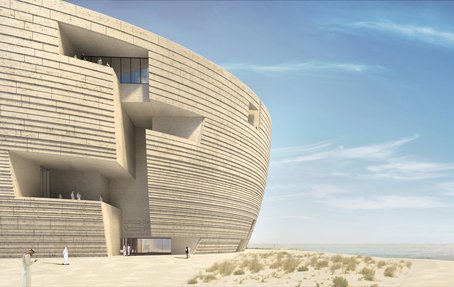
Architectural rendering by Herzog & de Meuron showing the side entrance of the future Lusail Museum building. Image courtesy of Herzog & de Meuron ©2023
Lusail Museum Exhibitions
To launch the current phase of museum development, Lusail Museum presented four exhibitions during the FIFA World Cup Qatar 2022™, a moment when the world came to Doha.
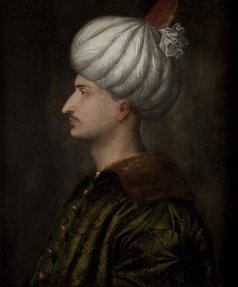
Titian, Suleyman the Magnificent, ca. 1540, oil on canvas, 72.4 x 61 cm. Lusail Museum Collection. Photo: © Lusail Museum, Qatar Museums, 2022
Lusail Museum: Tales of a Connected World
The overarching exhibition, Lusail Museum: Tales of a Connected World, comprised almost 250 objects, including paintings, drawings, sculpture, photography, manuscripts and decorative arts. The exhibition acted as a ‘prefiguration’ for the future museum, offering innovative and contextual displays to encourage visitors to consider and question the nature of identity presented in the works on display, including complex and challenging issues of race and gender. An immersive, interactive digital trail complemented the exhibition, and activations included a rolling programme of short films by young filmmakers from the Doha Film Institute and soundscapes introducing historical and contemporary musicians from around the world.
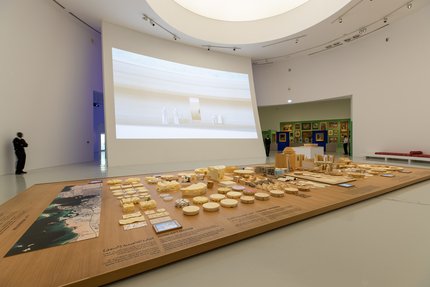
The central space of the exhibition was curated by Herzog & de Meuron, who used models, samples and projections to present the evolution of their architectural concept, a concept that merges local materiality with regional vernacular architectural elements to reflect the diversity of cultures across the Arab world.
The three accompanying exhibitions were:
Experience Al Jazeera
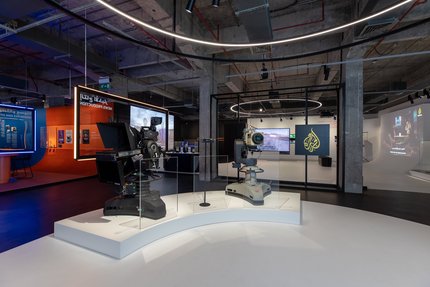
Experience Al Jazeera was created for the network’s 25th anniversary, celebrating the emergence of a voice from the Arab world that has become a pioneer in the contemporary media landscape both regionally and globally.
Labour of Love: Embroidering Palestinian History
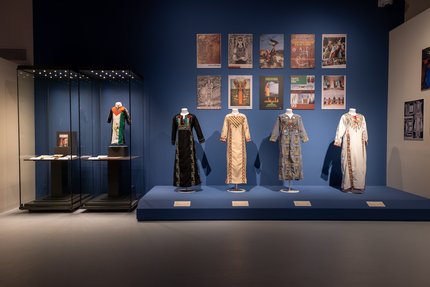
Labour of Love: Embroidering Palestinian History was a loan exhibition from the Palestinian Museum, presenting the art of embroidery as a means for understanding Palestinian identity. Palestine carries a complex contemporary history and is a narrative that Lusail Museum seeks to better understand.
Raku Kichizaemon XV·Jikinyū: A Living Tradition of Japanese Pottery
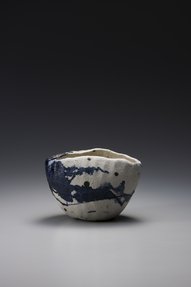
Raku Kichizaemon XV·Jikinyū: A Living Tradition of Japanese Pottery displayed a set of fourteen ceremonial tea bowls created for the exhibition, inspired by Qatar’s natural environment and people, and featuring the poetry of Sheikh Jassim.
Also Coming Soon
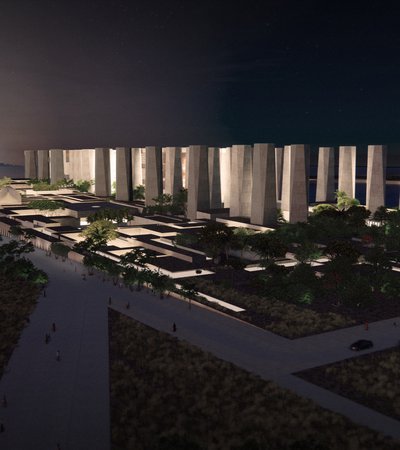
Art Mill Museum
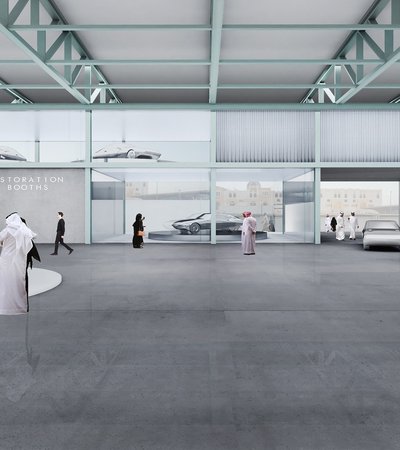
Qatar Auto Museum
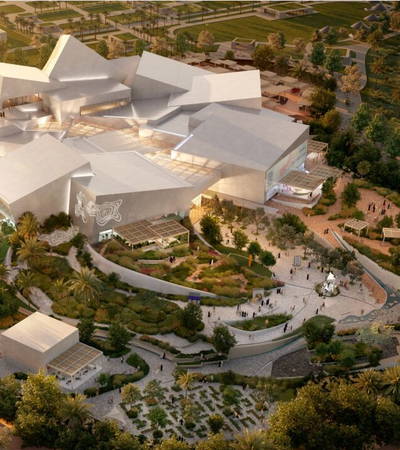
Dadu, Children’s Museum of Qatar